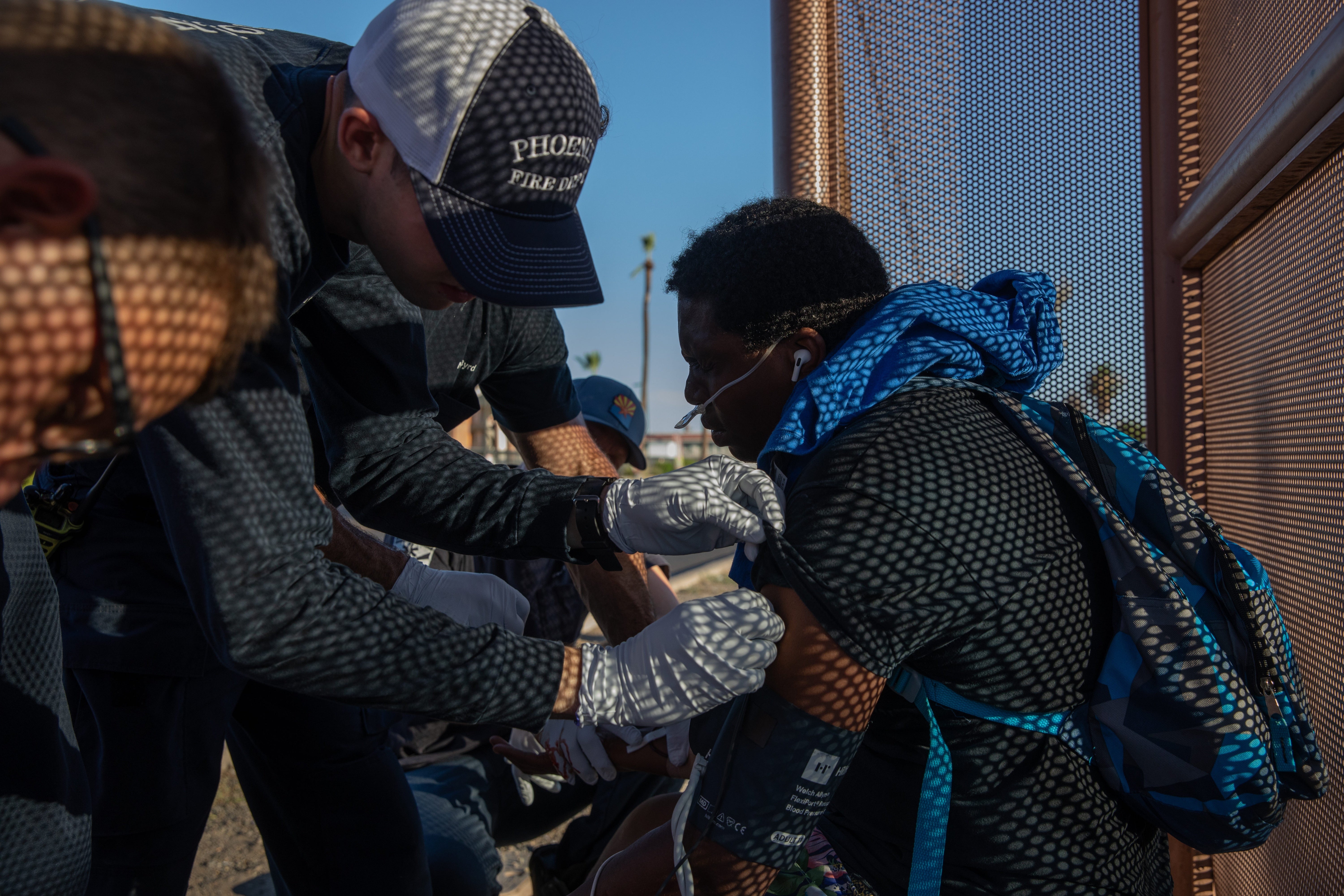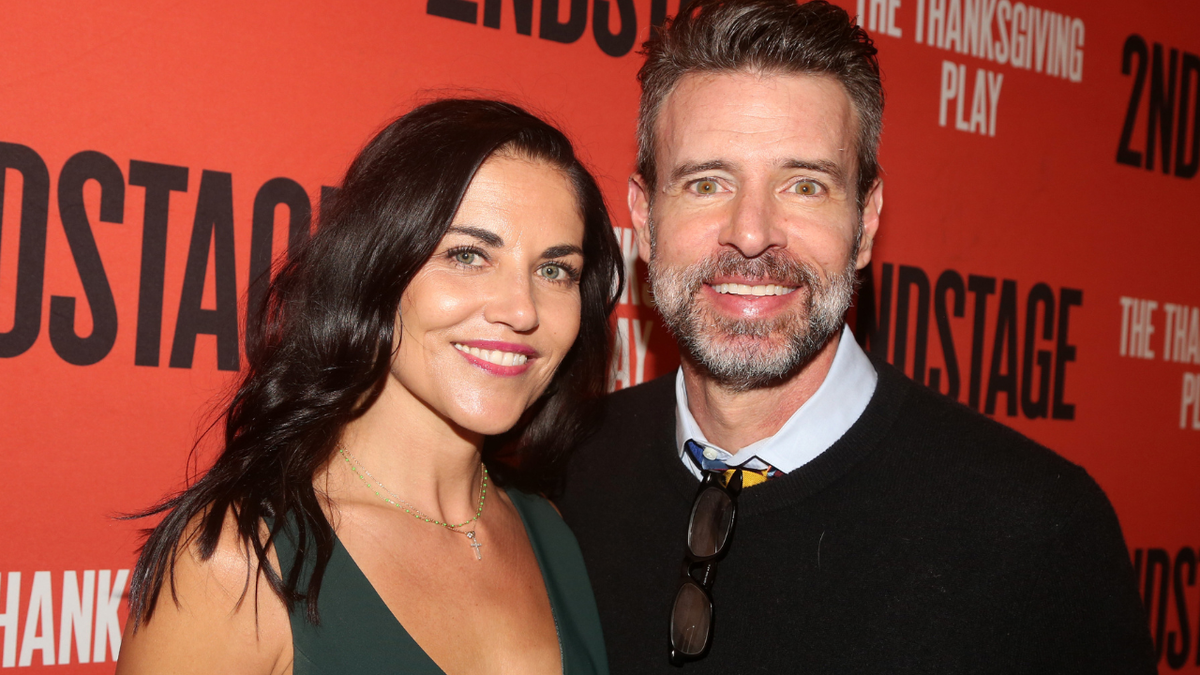
CLIMATEWIRE | Broiling Phoenix is waiting to cool down.
The desert metropolis has sweltered through 21 days of temperatures that reached at least 110 degrees Fahrenheit, blowing by an 18-day record set in 1974. Downtown streets are nearly deserted. No one stops in a tree grove planted on a hot plaza. A woman washes her hair in the pfft-pfft-pfft of a park’s sprinkler system.
As millions of people huddle indoors amid the region’s dangerous heat wave, the intensity and persistence of the hot streak raises questions about what can be done to protect people as climate change promises to make Phoenix — and regions around the world — hotter and hotter.
One thing is clear: Adapting to blazing temperatures is different than adapting to hurricanes, wildfires and floods.
People can run from hurricanes, elevate homes in flood zones and buy wildfire insurance.
Heat is different. It can last for weeks, blanket large areas and result in more deaths.
“We’re at a moment where we have to think about this problem in new ways: first, in the near term, helping people get through emergencies like the one happening in Phoenix,” said Kurt Shickman, director of extreme heat initiatives at the Arsht-Rockefeller Resilience Center. “But also in the long term. We have to help communities get prepared for what’s coming because it’s only going to get hotter and more dangerous.”
Climate adaptation to heat comes in many forms — from opening cooling centers and extending the hours of public pools, to girding electric grids for peak air-conditioning demand.
It can be complicated and expensive, requiring major infrastructure investment. Or it can be as simple as planting a tree grove or terrascaping a yard.
Experts say the problem is most acute in urban areas with heat islands and older, less efficient housing, much of which was built without central air conditioning. Risks are also growing in normally cool climates like the Pacific Northwest, where nearly 300 people died in Oregon and Washington two years ago when the region sat under an oppressive heat dome for more than a week.
“This is no longer a southern thing — this is an everywhere thing,” Shickman said.
The Centers for Disease Control and Prevention estimates there are more than 700 heat-related deaths and 9,235 hospitalizations annually in the United States. That’s much higher on average than any other type of disaster, including hurricanes, floods and wildfires.
The most vulnerable people — the poor, elderly and health-compromised — are more likely to die, according to the CDC.
Increasingly, large urban centers like Phoenix, Los Angeles and Miami-Dade County are developing heat response strategies and appointing heat officers to steer policy and oversee emergency response. Hundreds of hot cities — from Houston to Las Vegas to Washington, D.C. — have not, leaving heat concerns to emergency managers.
David Hondula became director of Phoenix’s newly created Office of Heat Response & Mitigation in 2021.
He has likened Arizona in the summer “to sticking your head in an oven.” He spent much of his first two years on the job working on heat mitigation strategies — heat-resilient housing, urban tree planting and creating a network of emergency cooling centers.
The current heat wave — which extends across multiple states but is centered on south-central Arizona — will be a critical test of the government’s ability to respond to extreme heat and “will literally be a matter of life and death for some Americans,” Hondula told The New York Times in a recent podcast.
Currently, heat response focuses on air conditioning and, in critical cases, medical treatment where first responders give cold fluids intravenously and emergency room doctors pour ice over patients experiencing heat stroke symptoms.
So far this year, Maricopa County, where Phoenix is located, has attributed 18 deaths to heat-associated causes, and 69 are being investigated for heat factors. One-third of victims were at least 75 years old, and one-third were homeless, according to county records.
Shickman of the Arsht Center, which has helped to establish heat officers around the world, said such mortality rates are frightening.
“Our bodies disregulate around 101 degrees, so this kind of weather is imposing a fever on people,” he said. “And those temperatures can go much higher, way beyond what a body can withstand. But we often don’t realize what’s happening until it’s too late.”
Heat deaths are rising even in moderate summer temperatures, in part because the number of unsheltered people has spiked during Covid and its economic aftermath, but also because heat island cities in the Sunbelt continue to grow rapidly without planning for worsening heat.
Experts say more public money should be invested in home upgrades and retrofits, tree planting, restoration of natural landscapes that have a cooling effect on the earth and, in urban areas, using lighter colors on heat-absorbing surfaces like roads and roofs to reflect the sun.
Nancy Grimm, an ecosystem ecologist at Arizona State University who studies climate adaptation, said those solutions are often overlooked or not fully understood.
“What people don’t realize is that it’s not a foregone conclusion that we have to accept the heat, at least not the heat island component of it,” she said in an email.
Beyond the immediate threat to human health, extended periods of extreme heat can zap regional economies as workers and consumers hole up in their homes and offices. The same is true of military bases and ranges, where training and other activities stop during extreme heat, officials say.
Steve Cohen, director of Columbia University’s Research Program on Sustainability Policy and Management, said that in affluent societies where air conditioning is ubiquitous, officials may view it as the primary solution to extreme heat. But it raises issues of access and affordability for individuals and families,
“It’s an issue of resources as much as anything else,” Cohen said. “If we can afford the energy and the air-conditioning [technology], we can survive these things. But these are all assumptions that may prove to be false in the future.”
In fact, heavy reliance on air conditioning can run counter to broader adaptation and resilience goals because it places more stress on electricity grids, raising the risk of blackouts.
Under such scenarios, houses and apartments equipped with air conditioning can become death traps.
Studies and historic heat waves — such as the catastrophic 1995 heat wave in Chicago — have shown that lower-income people, including the elderly, sometimes forgo air conditioning to avoid high power bills. Homeless people sometimes choose to stay outdoors in extreme heat because shelters are inaccessible, overcrowded or unpleasant.
“There are huge swaths of our population that can’t afford air conditioning or have to be outside to earn the money they need for food,” Shickman said. “And just because you see an air conditioner in a window doesn’t mean it’s running.”
Reprinted from E&E News with permission from POLITICO, LLC. Copyright 2023. E&E News provides essential news for energy and environment professionals.
























































